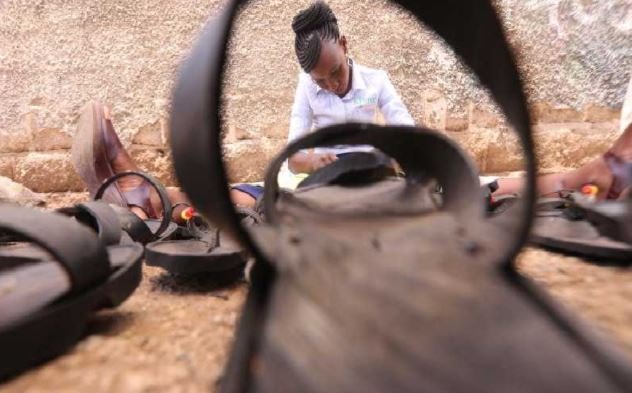Author: Dominic Omondi
AfricaPress-Kenya: Economic sectors that employ the most youth were the hardest hit by the containment measures aimed at curbing the spread of Covid-19.
This saw many workers aged below 35 years rendered jobless, according to a quarterly report on employment by the Kenya National Bureau of Statistics (KNBS).
An analysis of the data shows that six out of 10 employees in sectors such as trade, hotels and restaurants, pubs and nightclubs and other entertainment joints are people aged 34 and below. The survey by KNBS showed that more than half of the 1.7 million Kenyans that lost their jobs between April and June were aged between 20 and 34.
“The highest proportion of the unemployed was recorded in the age groups 20-24 and 25-29, each registering over 20 per cent,” KNBS said.
The same age groups also had the highest increase, of over 10 per cent each, in unemployment over the three-month reference period (April to June),” KNBS said in the survey released on Monday.
A report by the Ministry of Labour on the informal sector — which employs more than 85 per cent of Kenyans — showed that 63.5 per cent of workers in wholesale and retail were aged between 18 and 34 years. In the hospitality industry — accommodation and food service sector — 64 per cent of the workforce were youth. They included waiters, housekeepers, porters, concierge and event planners.
Besides hotels and restaurants, the hospitality industry also includes casinos, theme parks, cruise lines and other facilities that help customers meet their leisure and recreational needs.
All these were affected by the government’s social distance rules. Another sector that is a major employer of young people, and which was also hard-hit by the pandemic, is manufacturing.
According to Labour ministry’s Informal Sectors Skills and Occupations Survey, 56.9 per cent of the employees in the manufacturing sector are youth. Analysts predict that disruption in the supply chain will hit the manufacturing sector, with management consultancy firm McKinsey and Company projecting a decline of 10 per cent for the sector this year as a result of Covid-19 effects. In the arts, entertainment and recreation,
another sector where seven out of 10 employees are youth, there have been massive job losses following closure of pubs, theatres, entertainment joints, stadia as well as prohibition of social gatherings.
This has seen musicians and other performing artistes lose their sources of livelihood. Administrative and support services, another area with a large pool of young employees, has also been severely affected by the virus.
Preliminary data show that the public health measures to contain the pandemic have adversely affected the retail and wholesale, transportation, accommodation and restaurants. As a result, a lot of people aged between 18 and 34 years, most of whom ply their trade in these sectors, were rendered jobless.
Moreover, at the height of the pandemic in April, mobility trends to restaurants, cafes, shopping centres, theme parks, museums and movie theatres contracted by up to 45 per cent, according to a study by the World Bank.
Movement to public transport stages, grocery and farmers markets, workplaces and national parks were all negatively affected.
With the outbreak of Covid-19 in Kenya, borrowers were asked to restructure their loans with banks. Subsequently, loans valued at Sh604.4 billion were restructured. Sectors that had the most restructured loans were trade (22.9 per cent), real estate (19.5 per cent), transport and communication (16.3 per cent) and manufacturing (14 per cent).
The survey on labour for the second quarter of 2020 showed that those aged 25 and 29 saw their jobs drop by 22 per cent, with some 620,679 people that were working being rendered jobless in the second quarter of the year.
By end of June, there were 2,210,250 workers aged between 25 and 29 compared to 2,830,929 by end of March. The second largest drop in employment was those aged between 25 and 35 years. Employment in this age bracket dropped by 12 per cent from 2,260,670 in the first quarter to 1,989,914.






